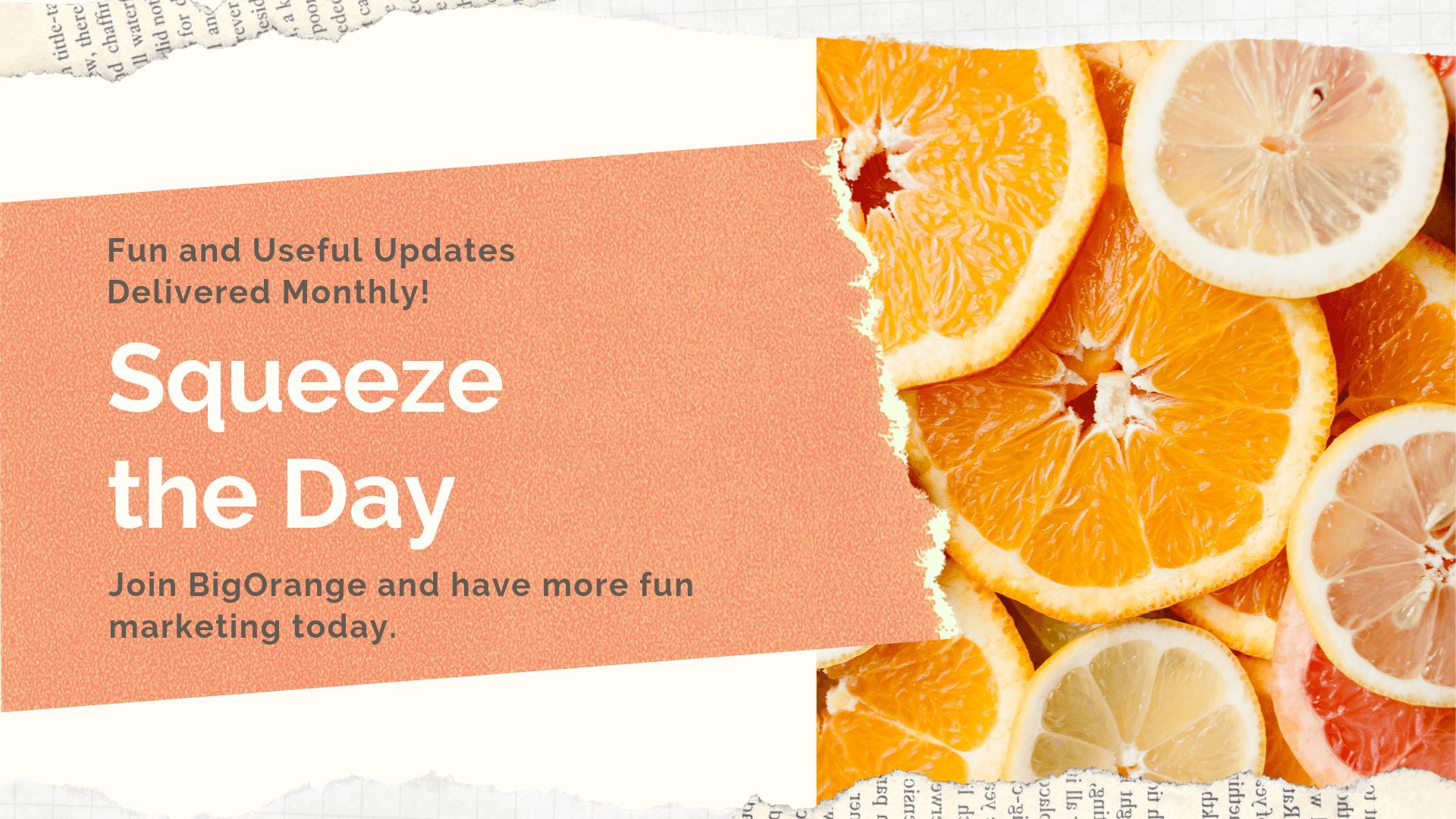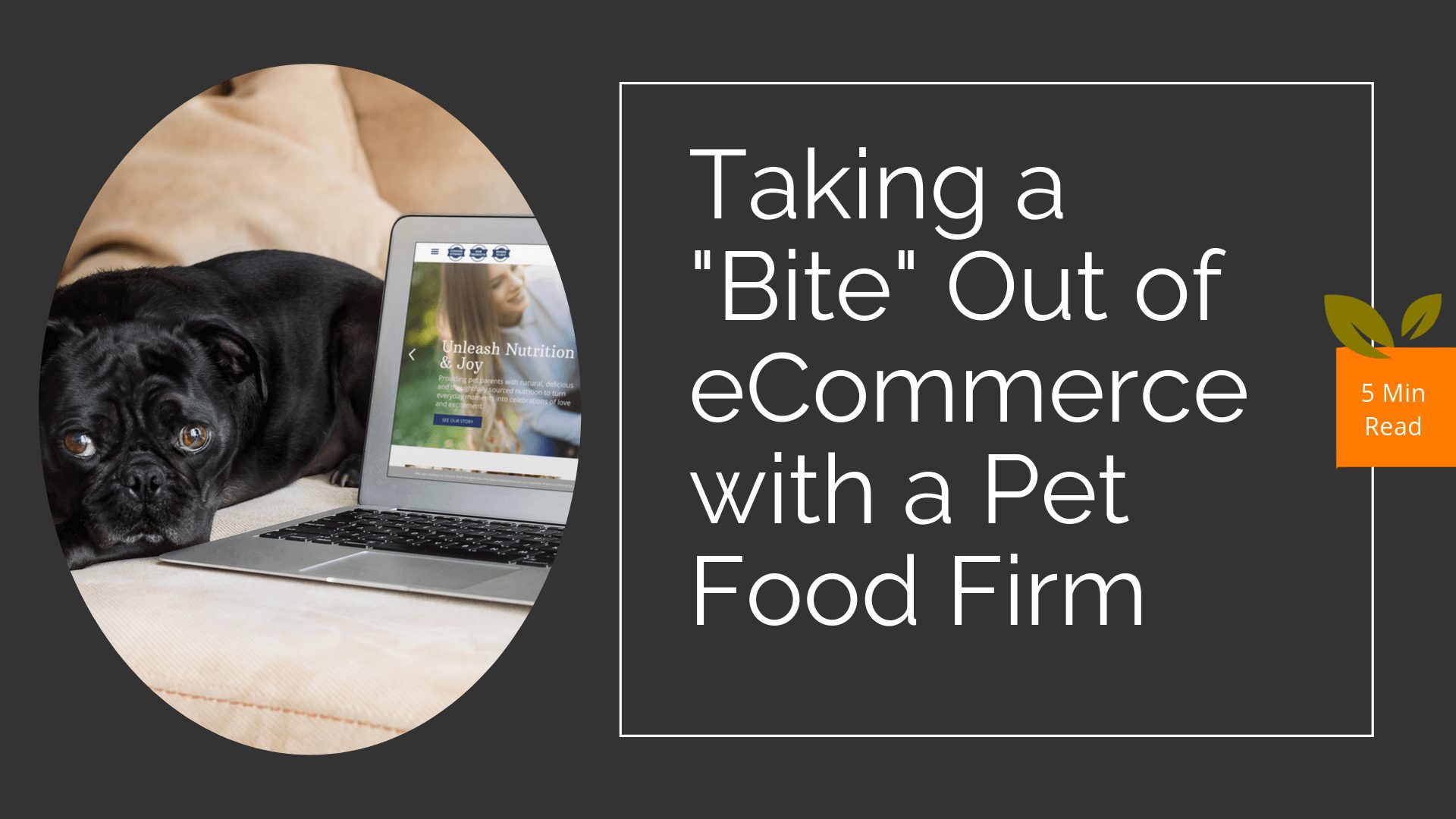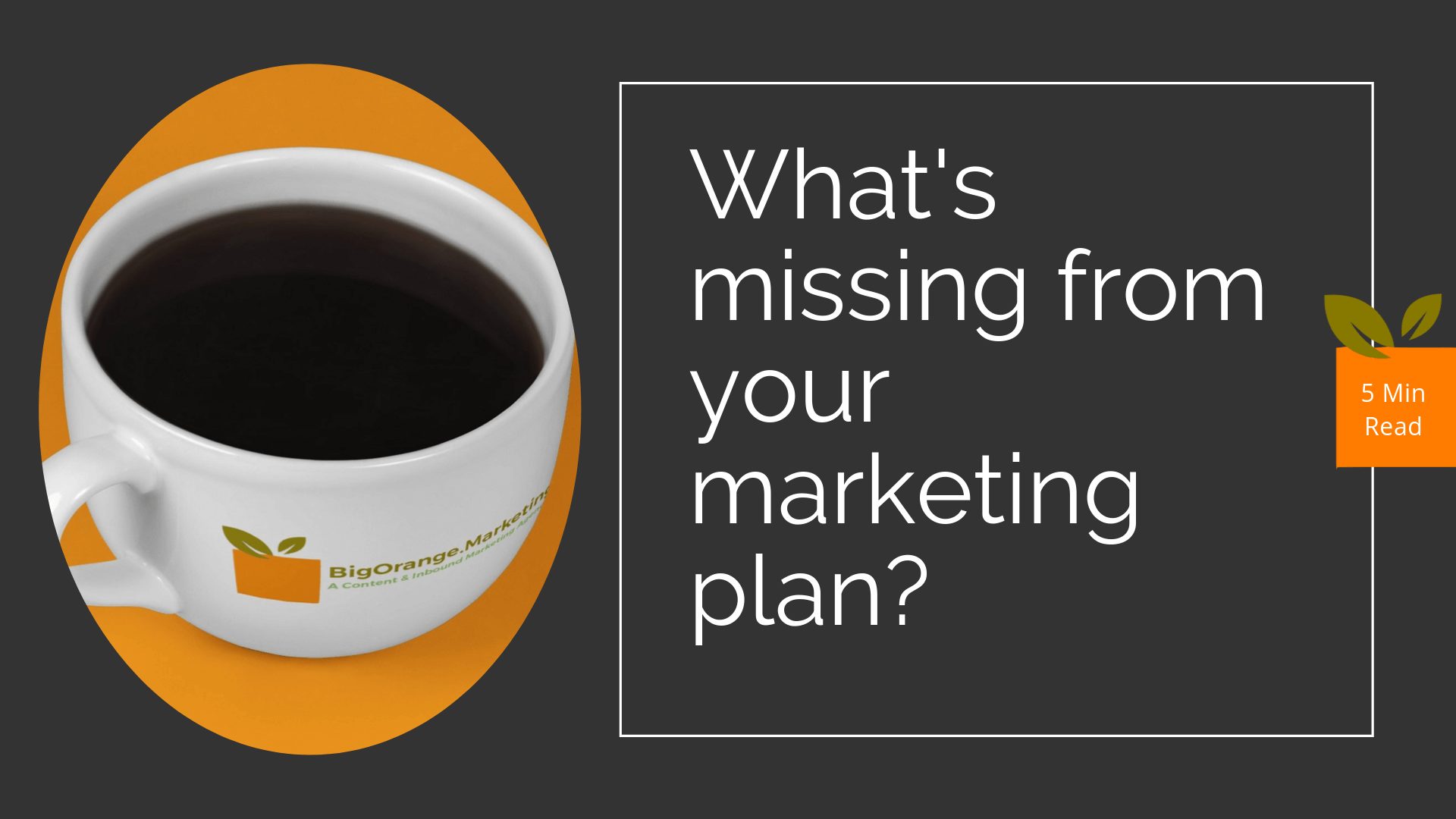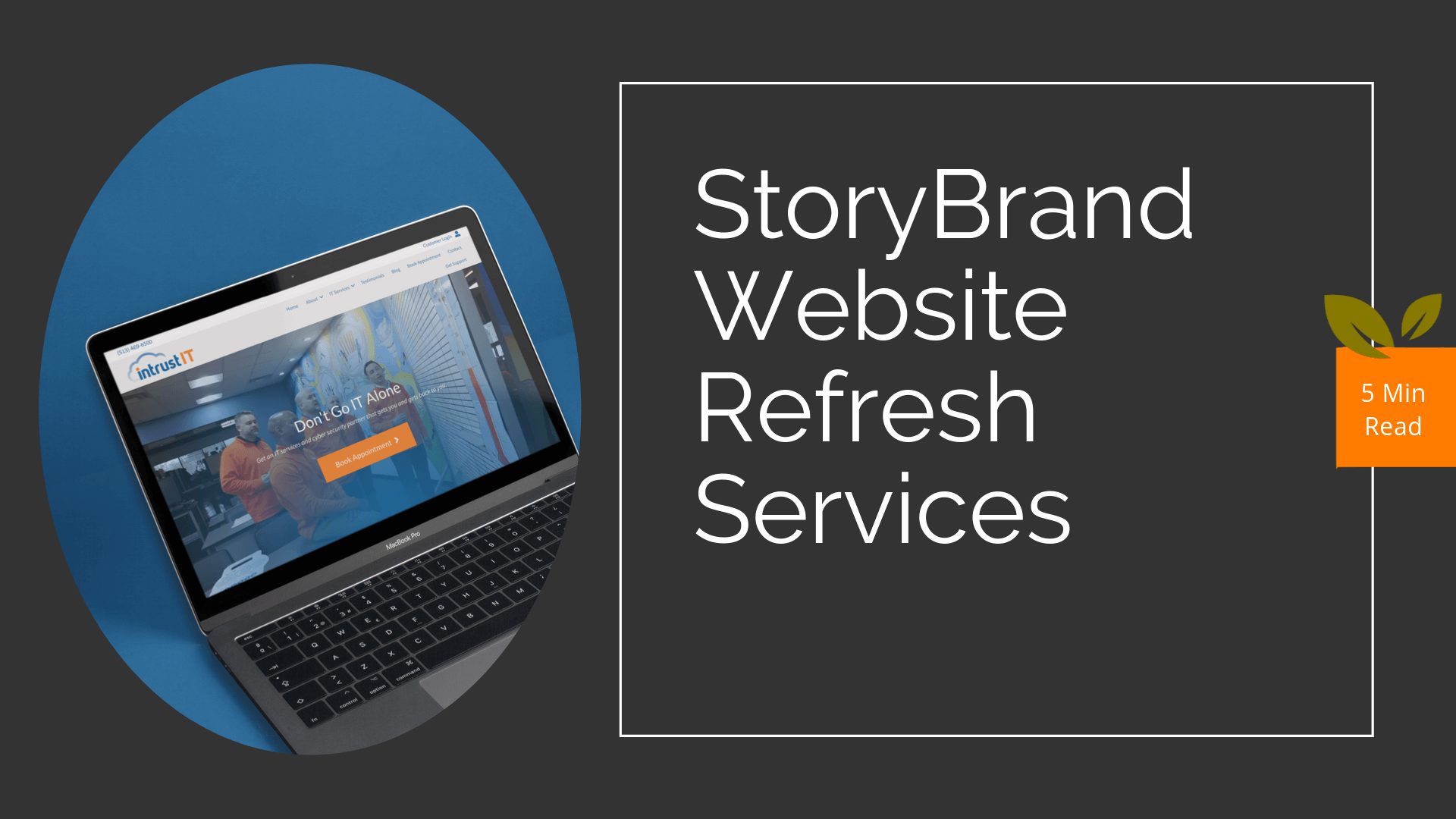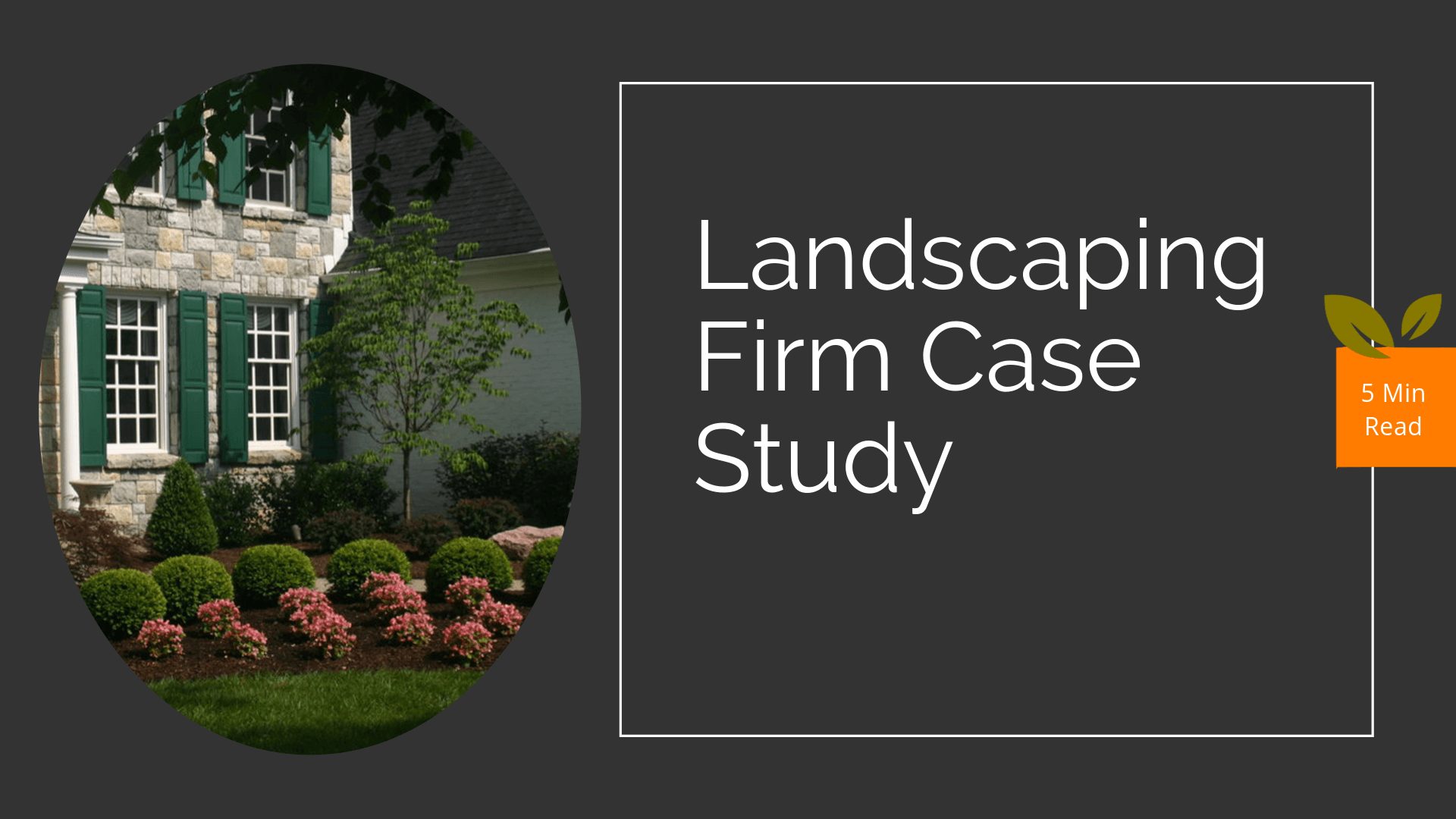7 Ways to Increase Your Conversion Rate
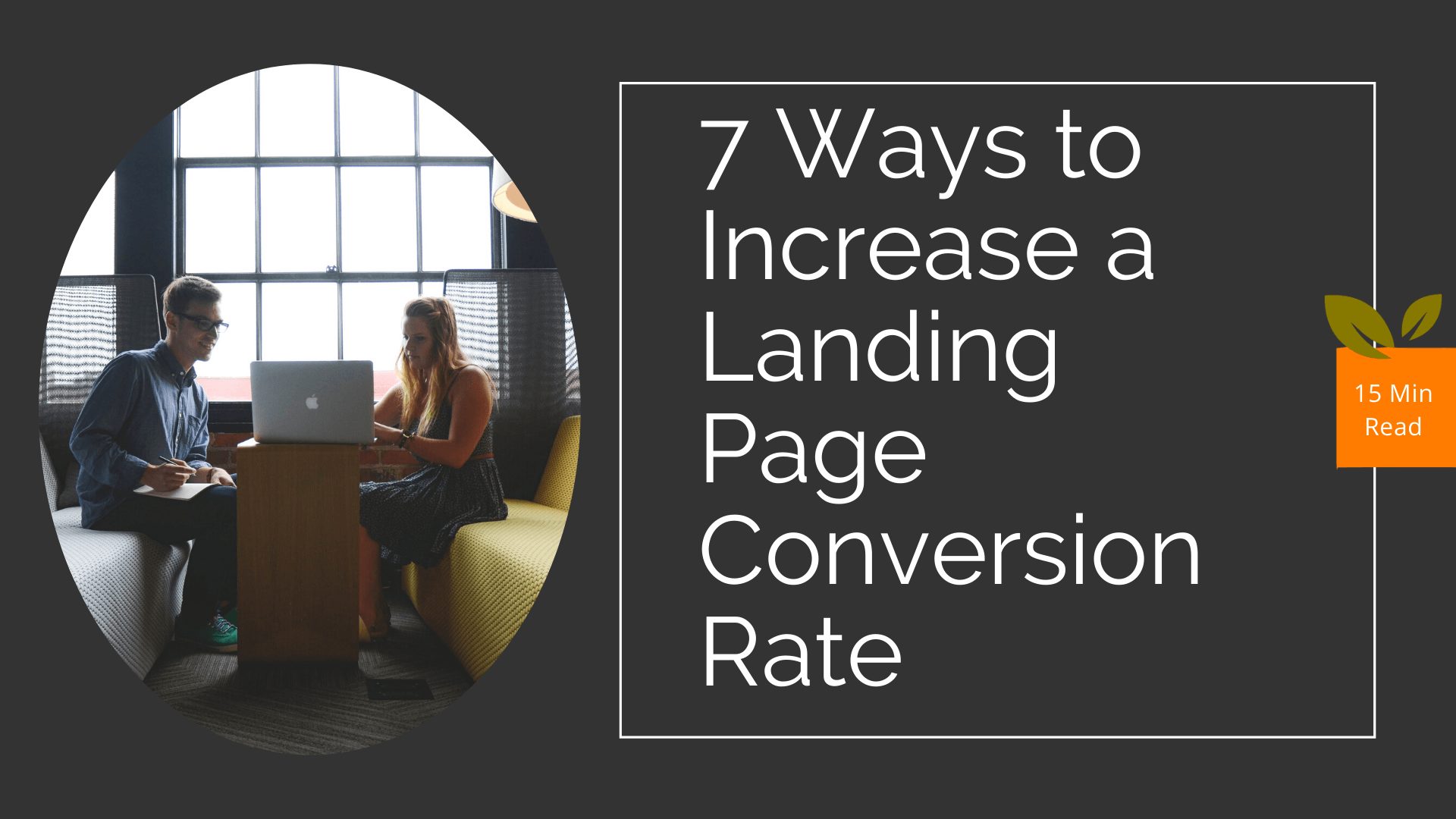
Today’s two biggest challenges for B2B marketers are generating brand awareness/traffic and leads for their companies. Offering today’s smarter consumer an abundance of the same ole’ and same-looking marketing funnels along with topic saturation (plus shorter attention spans) are only a couple of reasons why conversion rates are dropping or, in the worst cases, conversions and leads are non-existent.
Over two-thirds of professional service-based companies (for example financial services, managed service providers (MSPs) or homebuilder associations) are using landing pages as a primary means to generate leads. Before you can increase the conversion rate of your website or any landing page, you'll need to understand the best practices. From what you present in your next marketing campaign to how you close the loop, report and improve results, let's dive in!
How do B2B companies generate leads?
Today’s consumers do not want to be sold to or reached out to by strangers. They want to be guided on how to choose the right product or service (and on their own terms). An inbound marketing strategy is over 50 percent more cost-effective than more traditional means. Plus, it produces more leads for your company in the long-term. Among the most effective lead generation efforts for B2B companies today are having an optimized website with content marketing, calls to action and landing pages.
Some other popular tactics B2B companies use to generate leads today include:
-
Personalized website content, calls to action and landing pages
-
Starting a blog to showcase education and thought leadership
-
Building and emailing a list of clients, prospects and peers
-
Email nurture campaigns to regularly touch base and serve up new content
-
Search engine optimization (SEO)
-
Social media marketing
-
Short and bite-sized video content
-
Hosting events, webinars and training
-
National conference speaking engagements or sponsorships
-
Local networking memberships and speaking engagements
-
Targeted digital advertising and retargeting
-
Live chat or AI-powered chatbots
-
Analytics to track the performance of all channels and progress towards goals
What is a landing page?
A landing page is a standalone web page with a goal to convert visitors into leads. The difference between a normal website page and a landing page is that a landing page has a single focus and offering.
People providing their email address and opting in to receive more marketing emails is more valuable than one may think. Behind a landing page, you need to provide an offer or resource that is equal or greater to the valuable information you are asking for.
Once a great offer or resource is created, it should take a savvy marketer, website designer, developer or agency 10 to 20 hours to create, test, optimize and properly place a landing page.
Here are a few landing page examples by BigOrange Marketing:
-
14 Non-Technical Things You Can do to Protect Your Business from Cyber Crime by Intrust IT
-
Get Your Free Cyber Security Score from Intrust IT
-
The Top 4 Questions to Ask Before Hiring a Financial Advisor by Carnegie Investment Counsel
-
The 18 Best Digital Marketing Ideas for Lead Generation in 2020 by BigOrange Marketing
What should be on a landing page?
You should aim to write the copy for your landing page that tells a story and establishes an emotional connection with a person who possesses specific traits. Too much copy or a message with too little detail and personalization are both efforts that will fall flat.
-
What you’re going to get (an overview of your offer)
-
Why you should get it (establishes an emotional connection)
-
Trigger for action (why you need to do this now or a bonus incentive)
-
How to get it (instructions to obtain or complete)
-
A money-back guarantee (in the event there is a charge to access)
The most important element on your landing page is the headline because it’s the first (and last) thing people will see that determines if they read on. Whatever you are asking for on any landing page form should be equivalent to what the consumer will get in return.
For best results, make sure your landing page has the following characteristics:
-
The landing page has one message, one offer and one action to take
-
The landing page design looks stunning, new and loads lightning fast
-
The headline is bold, catchy, fun, to the point or asks a compelling question
-
The first visual on the page is stunning, high-quality and catches attention
-
The copy on the rest of the landing page integrates a story
-
The landing page focuses on benefits and what problems are being solved
-
The form on the page asks for minimal information (i.e. name, email) and redirects to the offer properly upon submission
-
You have a contact database and way to track who requests and claims or opens the offer (hint: reach out to anyone who does not to find out if there was an error, confusion or why not)
-
An email instantly sends out to the requester, ideally with additional reminders and relevant content that follows later

What are some offer ideas for a landing page?
Now that you know what a landing page is and what goes on it, you may need help coming up with what to offer your target audience.
Here are some great and effective offers to power your landing page:
-
An eBook or white paper
-
An interactive quiz or assessment
-
An educational crash course
-
A video series of tutorials
-
Free or paid online/in-person training
-
A contest or giveaway relevant to your product
-
A coupon or a special offer
-
Free consultation or appointment
How many landing pages should I have?
Since you’re likely creating landing pages to generate leads, your goals and what to expect can be set with these stats in mind. B2B websites with at least 10 to 15 well-placed landing pages tend to increase conversions by 50 percent over those with fewer than 10. Brands with 40 landing pages begin to see conversion rates increase by over 500 percent.
Creating that many new resources and landing pages at once can be both intimidating and budget-busting, so here is a better and more strategic place to start when creating landing pages: An inbound marketing strategy that generates leads is a long-term approach. A good way to ensure you are consistently building more landing pages and maintaining a high quality is to aim for making one per quarter, or even two per year.
Not all new landing pages that you put out there will convert as well as others or achieve the same results of something in the past. In addition to creating new landing pages on a regular basis, make sure you are allocating enough time each year to revisit your landing pages (and the offers behind them) that are converting.
“Page last updated” is an important search engine ranking factor that Google crawls all of your website pages, landing pages and blog posts for. Having outdated or completely static information on your landing pages or what follows after a conversion will result in a shorter lifespan for the content. It is also frustrating for many people when they find an educational or “how to do something” resource with suggestions, references and instructions that are out of date or no longer accurate.
If you are building a new website, you will want to have at least three landing pages to launch with it or shortly after. Here’s why. You want to have at least one landing page for each type of buyer and at each stage of the buying process. People will often consider purchases or professional services in a cycle where they are first wishing to learn or understand, then to stay informed or wishing to buy. Some people skip the middle part of the buying process altogether.
In inbound marketing, you may hear this referred to the awareness stage, consideration stage and decision stage. Or marketers may refer to this as the top of the funnel, middle of funnel and bottom of the funnel.
What makes this difficult today is getting the right landing page in front of the right person, and quickly. As mobile has taken over, the overall time spent on websites is lower, and the number of pages being visited is also lower. It’s very important to narrow your target audience for an effective B2B lead generation strategy.
Say you have two defined types of buyers. The first buyer is a business owner of a small professional services or software company and does not have any marketing staff. The second buyer is a one-person marketing team at a small services or software company that reports to the CEO or COO.
Your landing pages for the first buyer could be:
-
Free Marketing Assessment: Will an agency, freelancer or employee work best for me?
-
Comparing marketing agencies? Use this free worksheet to narrow in on a good fit
-
Ready to build your own inbound marketing machine? Schedule a free consultation
How do I promote my landing pages?
Landing pages are most often found and visited in the four following ways:
-
A person clicks on the landing page link in Google search results
-
A person clicks on the landing page link from a social media feed
-
A person clicks on a Google or social media ad to the landing page
-
A person finds a call to action to the landing page in a relevant place on your website
At a time where the majority of companies are using digital marketing tactics, your landing pages and marketing campaigns can too easily become lost in the clutter. Simply making a great offer, designing a great landing page and structurally optimizing the page for search engines to crawl will not be enough for it to get exposure. Especially on well-covered topics.
Here are some more ways you can promote your landing page:
-
Add a link to your latest offer and landing page in your email signature
-
Place a visual call to action with a link to the landing page on your home page, relevant services pages and at the bottom of blog posts
-
Place additional text-based links to the landing page in your blog posts
-
When you have a large quantity of landing pages on hand, build an easier way for people to find what they are looking for via a categorized resources page
-
Mention your offer as a call to action at the end of any video content, event, webinar, speaking presentation or training your brand produces
-
Use Google and social media ads to promote the offer
-
Use Google ads to target previous website visitors who did not convert (retargeting)
-
Pin the latest landing page to the top of your brand’s social media feeds

How do I measure my landing page’s conversion rate?
Our favorite tool, HubSpot, makes it easy for marketers to see their performance and build out the personalized experience that happens after a conversion takes place. If a paid subscription to a time-saving marketing automation platform (i.e. HubSpot) is not available to you for making landing pages, there are other options to measure your landing page’s conversion rate.
For “free” (and a bigger trade off of your time and the maintenance that comes with patching multiple tools together) you can use Google Analytics.
Landing page metrics you can measure with Google Analytics:
-
How many people viewed the landing page
-
Where people who viewed the landing page came from
-
The basic demographics of the people viewing the landing page
-
How much time is being spent on the landing page (on average)
-
How many people left your site while on the landing page (exit rate)
-
The average number of other pages that were viewed in addition to the landing page
-
How many people filled out the form on the landing page
Wondering how to install Google Analytics on your website?
It’s simple to get started with Google Analytics and should only take 30 minutes to set up your account, access and insert your tracking code in the right place on your website. Installing Google Analytics will vary based on what website platform you use. For a basic setup and installation overview, reference this tutorial.
Wondering how to measure a single page’s performance in Google Analytics?
On the left-hand side navigation of your Google Analytics dashboard, select Behavior -> Site Content -> All Pages and find the title of your page. (*as of February 2020’s version of Google Analytics)
How to set up a goal and measure conversions in Google Analytics
Google Analytics has a great video tutorial on how you can set up a goal for your landing page and measure conversions. Watch it below.
What is the average landing page conversion rate for B2B companies?
While an overall conversion rate for a B2B website may be average at 1-2 percent, a landing page should have a higher conversion rate. As a baseline for your landing pages, a conversion rate between 3 and 5 percent is average. Anything above 10 percent is excellent.
A conversion rate is very subjective to the industry, product, target audience and targeting of the landing page itself. Landing pages driving their majority of traffic with ads tend to convert lower than a landing page that is found organically in search engines and throughout the experience on your website.

How can I increase a landing page’s conversion rate?
Some landing pages and offers do not stick with the target audience no matter what you do. If your landing page is not converting at the average benchmark or reaching a goal you set, there are many things you can do. There’s always the option to create a new offer and landing page in its place and compare the results.
-
Get feedback on the landing page from a sample of the target audience
-
Learn about what you can A/B test on your landing page
-
Change the landing page headline and title of the offer
-
Change the first visual in the landing page hero
-
Change the call-to-action text on ads, social media, email signatures and other parts of your site to be more specific
-
Eliminate or add additional sections of content
-
Rewrite the copy to follow a story and include more benefits
-
Add a guarantee to your landing page
-
Reduce other points friction to make people more comfortable with the next step
-
Create a deadline or sense of urgency for claiming the offer
What is conversion rate optimization (CRO)?
Conversion rate optimization (CRO) is a process in which marketers enable more visitors to take action on their website. By changing certain elements of website pages, landing pages and digital experiences, companies can increase the number of the right people who convert to a lead or customer before exiting. CRO enables companies to lower their customer acquisition costs and grow their business. It’s the ultimate “more with less” recipe for growth. Visit HubSpot for a beginner’s guide to CRO.
Now that you know all of this about landing pages, conversion rates and how you can optimize to get more leads, what will you do next? Are there any questions you still have about B2B lead generation with landing pages that we didn’t cover? Are you trying to increase your conversion rate? You can schedule a free consultation with BigOrange Marketing, subscribe to receive new articles we post on Squeeze the Day or read some more of our posts below.
See you next time!
What did you think of this post?
